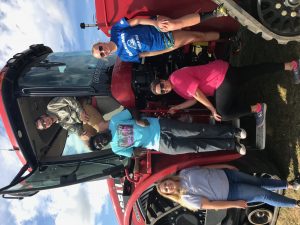Dan Severson came and guest lectured in class on Monday about the livestock industry in Delaware. He started out by giving a brief overview of general trends in farming, and then meat consumption trends over the years. I was not very surprised when he said the consumption of beef and veal have been decreasing while pork and chicken have been increasing. This is probably due to many recent trends that red meat is harmful to your health, so consumers are choosing cuts of pork and chicken to eat versus beef. After that he discussed a lot about the differing operation methods for many species of livestock including cattle, hogs, sheeps, goats, dairy cows and a couple other specialty species. I was surprised to learn how much of a market their is for goat products. Dan said a lot of international folks seeks out goat meat for religious purposes and holidays, but also products like goat milk cheesecake and ice cream are made. He also talked about the dairy industry and how farmers are struggling to make ends meet due to the milk market. People don’t drink cow’s milk like they used to and it is affecting dairy farmers.
At the end of his lecture Dan spoke about the future of the livestock industry. He touched on how genetics and technology has already and will continue to impact how we raise our animals. But he also spoke about how farmers are running into the problem of the next generation not wanting to continue to farm, and how all these different factors is going to affect the ability to feed the ever growing population. Overall, Dan gave a great overview of the livestock industry touching on past, current, and future trends.




